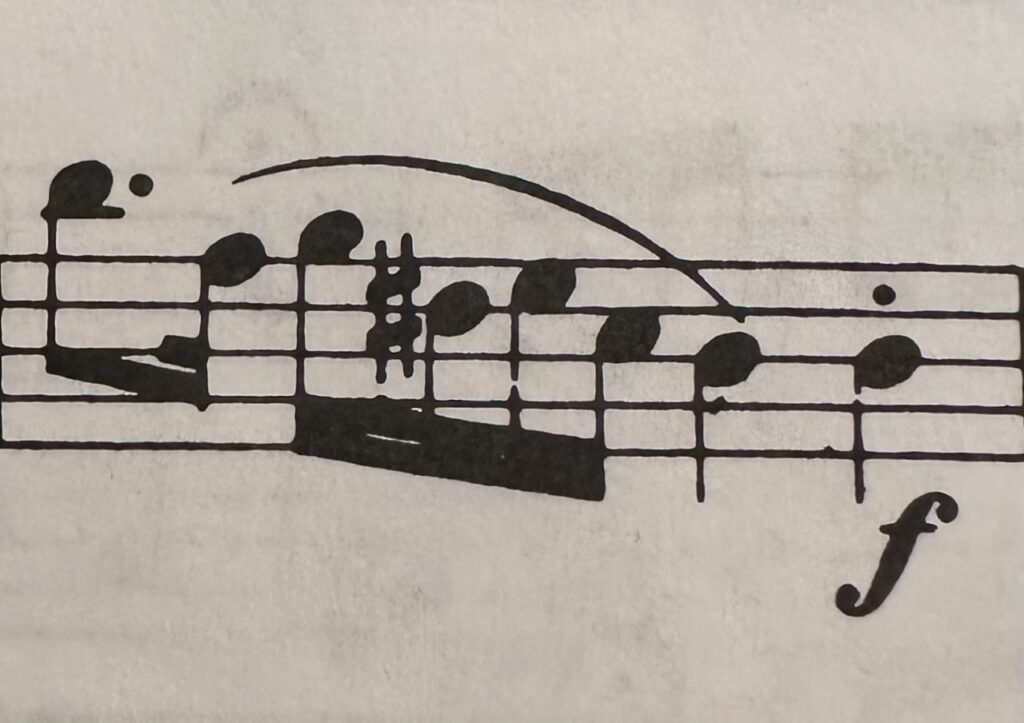What do rhythm and baking cookies have in common?
I’m a stickler for good rhythm (ask any of my students!), which is why I use a lot of teaching analogies to discuss rhythm.
One of them is baking.
As a self-proclaimed novice baker, I know just how important the measurements are to achieve the perfect consistency of cookie (preferably a bit chewy IMHO), or whatever else you’re trying to create.
Rhythm is no different – if you mess up the “measurement” or ratio of each beat/measure, your rhythm is off.
Let’s take one of the most commonly mistaken rhythms – the dotted eighth/sixteenth combo, as seen below:
If we convert the rhythm to a ratio, the dotted eighth note becomes 3/4 of the beat (in 4/4 meter).
Let’s compare that to a triplet rhythm:
If we combine the first two notes (quarter followed by an eighth), the quarter note’s ratio would be 2/3 of the beat (in 6/8 meter).
The difference between these two rhythms is subtle, but musicians often play them interchangeably. Having good rhythm and baking excellent cookies are all about the right ratios!
This is why subdivision is so important. Just like you need to carefully measure the ratios of ingredients when you’re baking, you also need to carefully measure the ratios (aka subdivisions) of notes when you’re playing music. Precision, not approximation, is the secret ingredient, whether you’re focusing on good rhythm or baking the perfect cookie.
I hope this helps the next time you see these (or any other) rhythms!
Happy practicing!
P.S. Please feel free to send me your favorite cookie recipes 🍪

